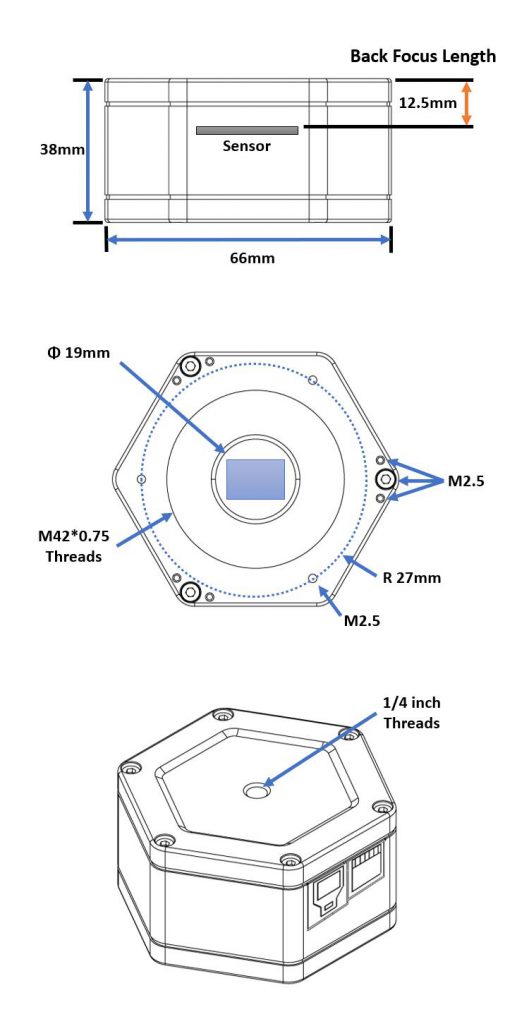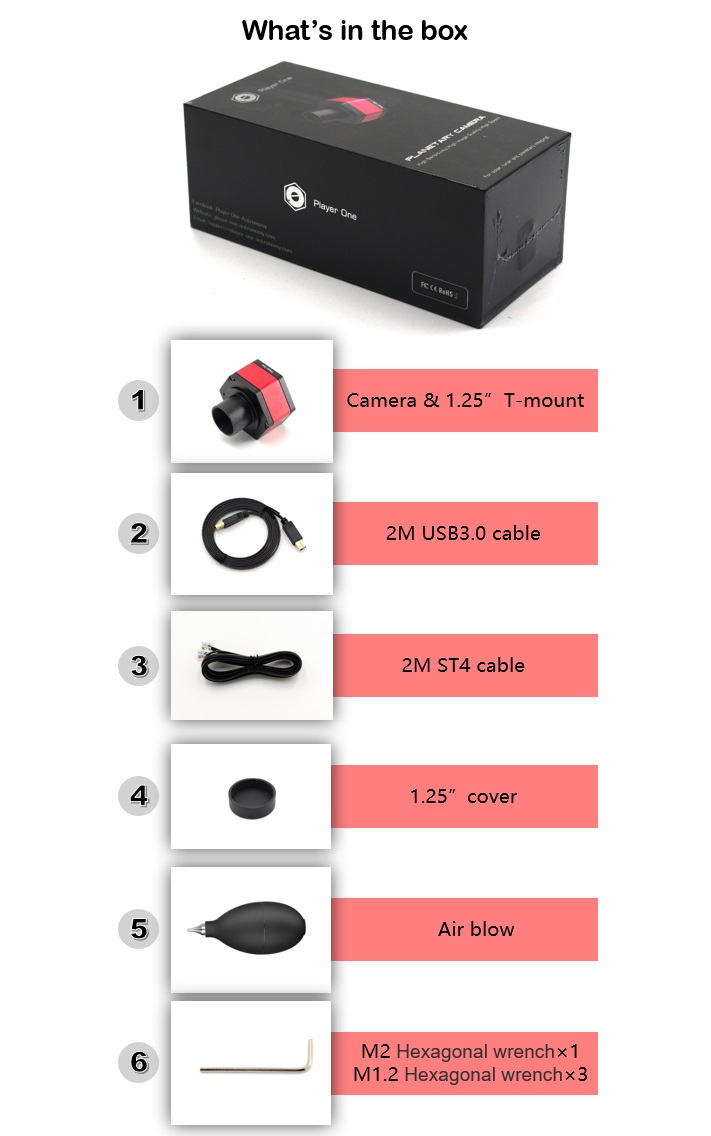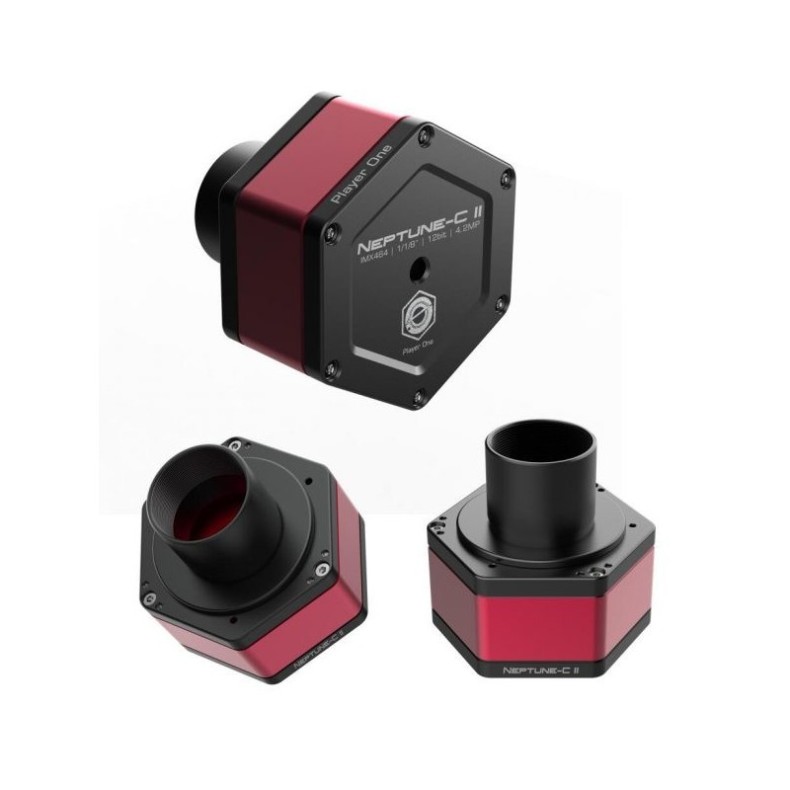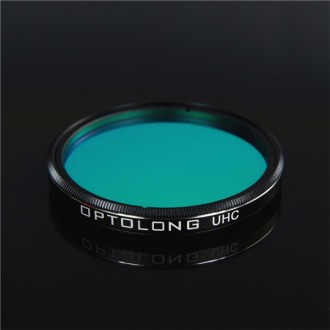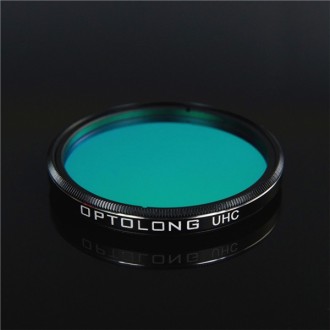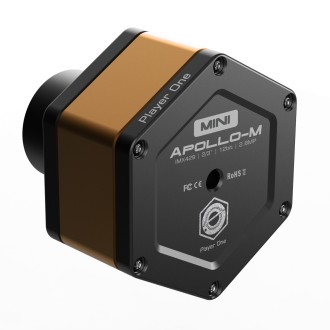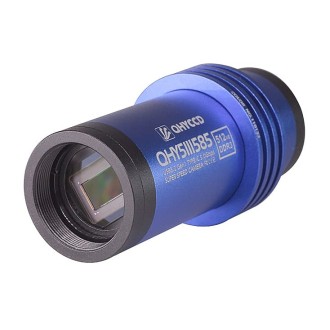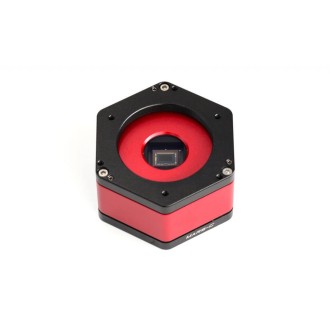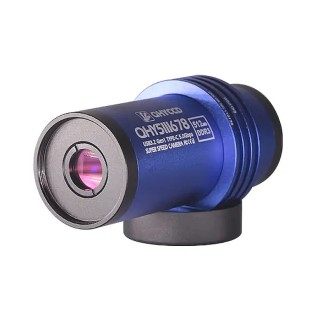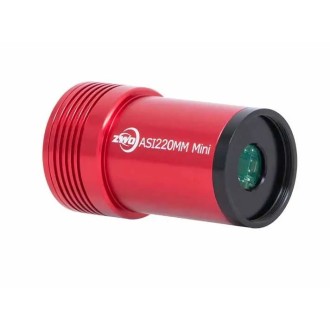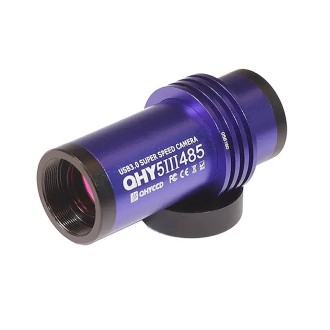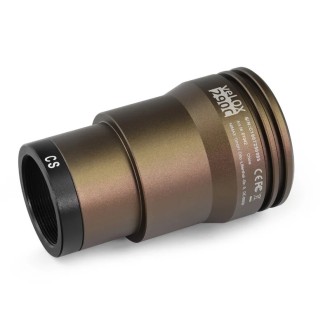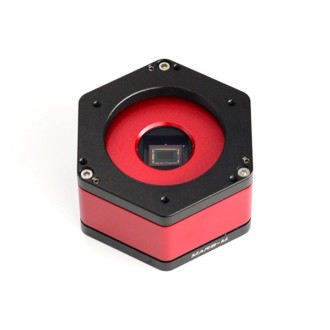Deliver it 18/25 days
Player One Neptune C-II USB 3.0 (IMX464) Camera Color
The Neptune series is a series of 1/2-inch format planetary cameras for the more amateur. It is larger than the 1/3-inch and has higher resolution, and is more suitable for astronomy enthusiasts.
| Carrier | Description | Estimated Delivery | ||
|---|---|---|---|---|
 |
Home delivery - International | Home delivery - International |
Thursday, 8 May - Thursday, 15 May |
|

Home delivery - International
Home delivery - International
Estimated delivery:
Thursday, 8 May - Thursday, 15 May
The main success of the Neptune series is Neptune-C II, yes, you read that right. We launched the second-generation Neptune model directly because the plan could not keep up with the pace of change.
The Neptune-C II camera uses Sony's latest IMX464 chip, which is larger than the IMX462. Neptune-C II is also the world's first planetary camera with IMX464 chip.
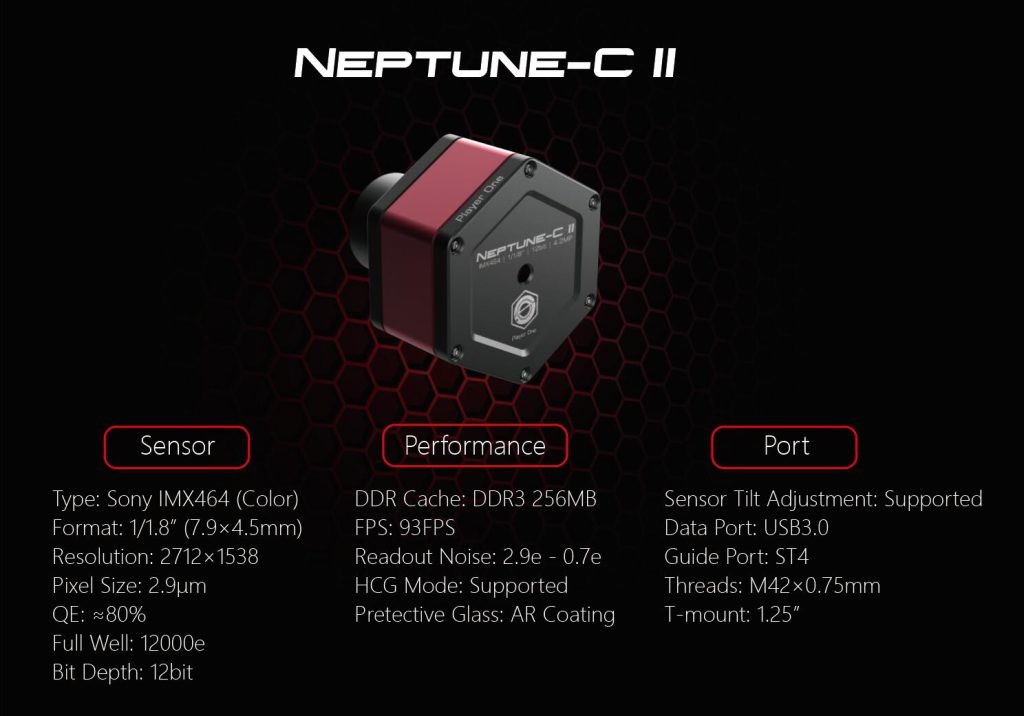
Product Description
Neptune-C II is a planetary camera developed by Player One Astronomy, which adopts the 1/1.8" format Sony IMX464 sensor. The pixel size of 2.9um accommodates a 12ke well depth with a total of 4.2MP (resolution is 2712*1538), and the diagonal is 9mm.
Everyone should know that the rookie IMX462 chip currently on the market has become the new darling of planetary shooting, and the IMX464, as a product of the same process, is equivalent to an upgraded version of the IMX462, with a larger lens area and higher resolution. Come and enjoy a better shooting experience.
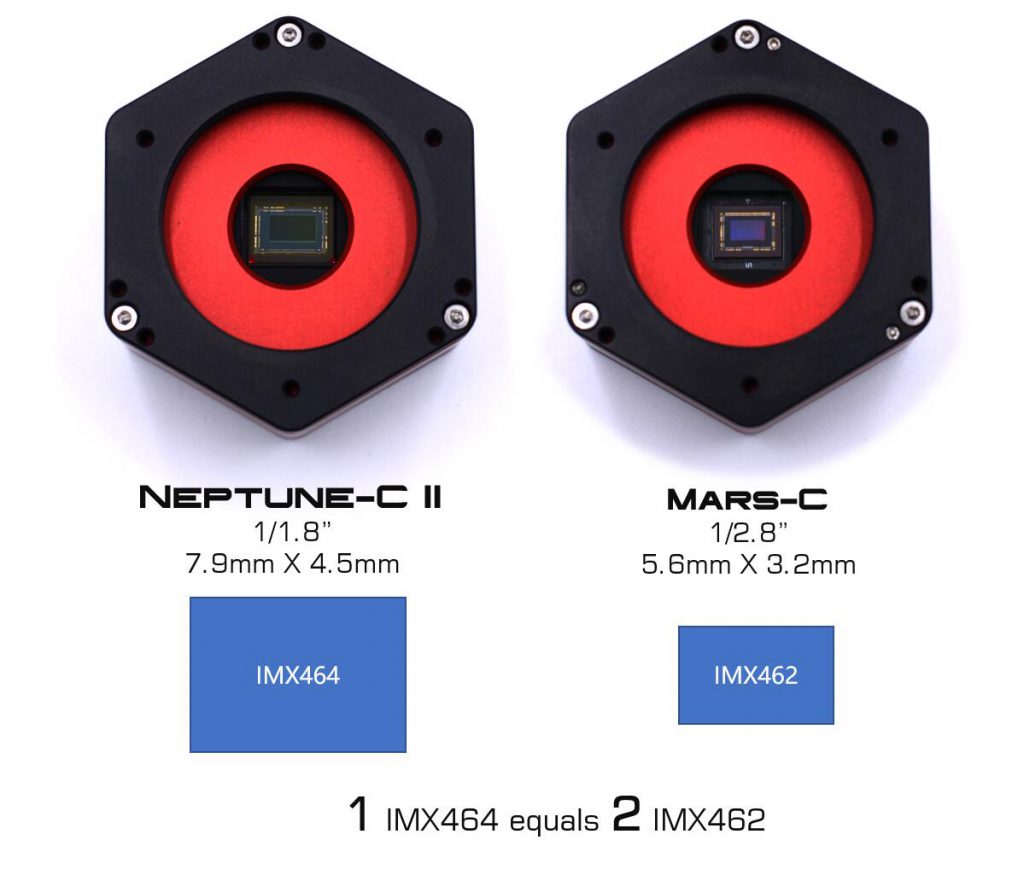
Ultra-low read noise of 0.7e
Compared with the IMX178 of the same mount, the read noise of the Neptune-C II can be as low as 0.7e, and the noise is reduced by about 47%, which is as strong as the IMX462!
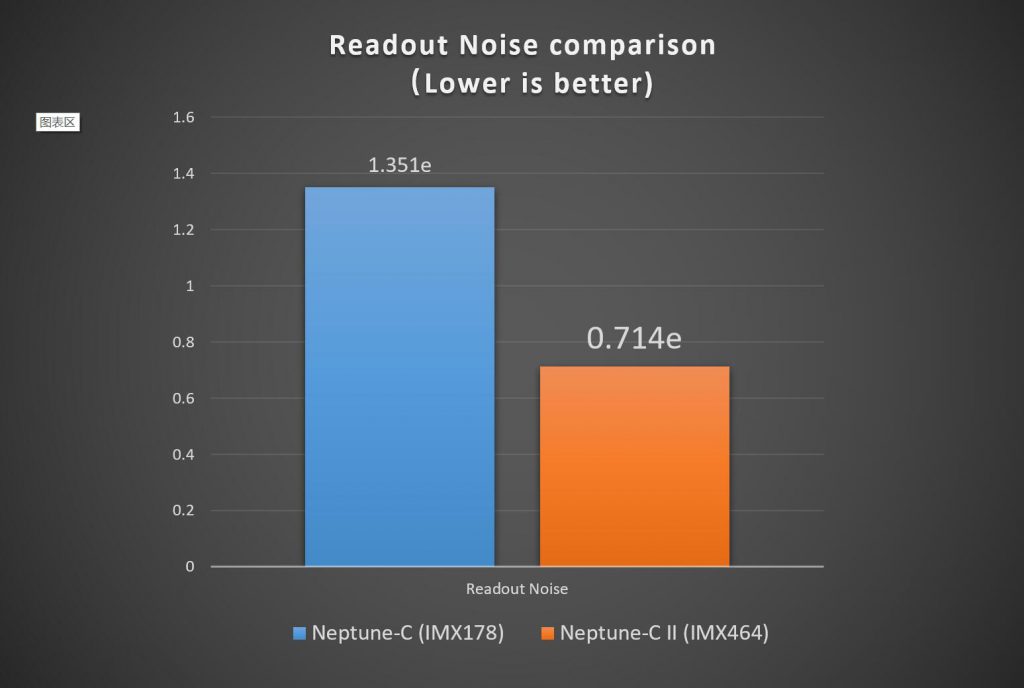
Increased sensitivity
Compared with another 1/1.8-inch IMX178 chip, we found that the IMX464 pixel is larger than IMX178 by 2.4um, reaching 2.9um.
![]()
When used in the same telescope, although the quantum efficiency is not much different, the 2.9um pixel has a 46% larger photosensitive area than the 2.4um pixel, which can greatly increase the individual pixel to get more photons, which means the sensitivity is also greatly improved.
![]()
Super sensitivity to near infrared light
Not only that, IMX464 also has ultra-sensitive infrared sensitivity features, suitable for playing infrared photography, if paired with IR685, IR850 or CH4 filters, it will give you a new visual experience.
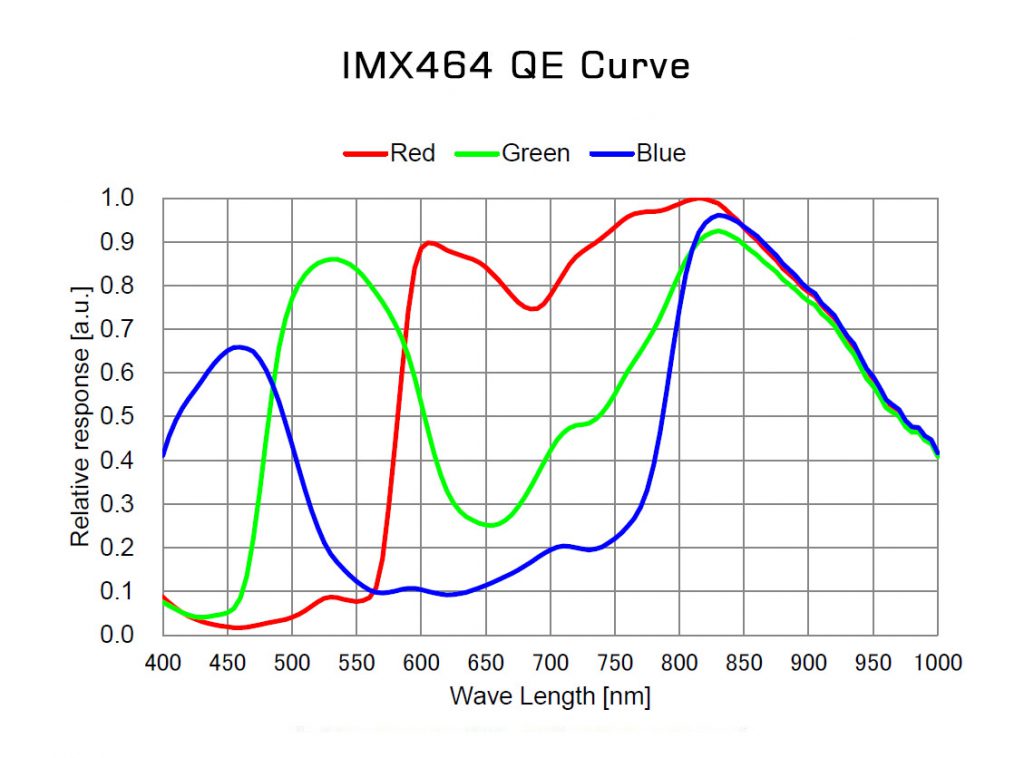
Ultra high frame rate
Neptune-C II can achieve 93FPS at full resolution, which is 55% higher than the 60FPS of the same size IMX178 chip, making it more efficient for photographing planets.

Highlights
The most fun thing is that, thanks to its great ability to capture infrared lights and its extremely high sensitivity, the Neptune-C II camera can be used as a monochrome camera with an IR850 filter or a CH4 filter to capture infrared lights.
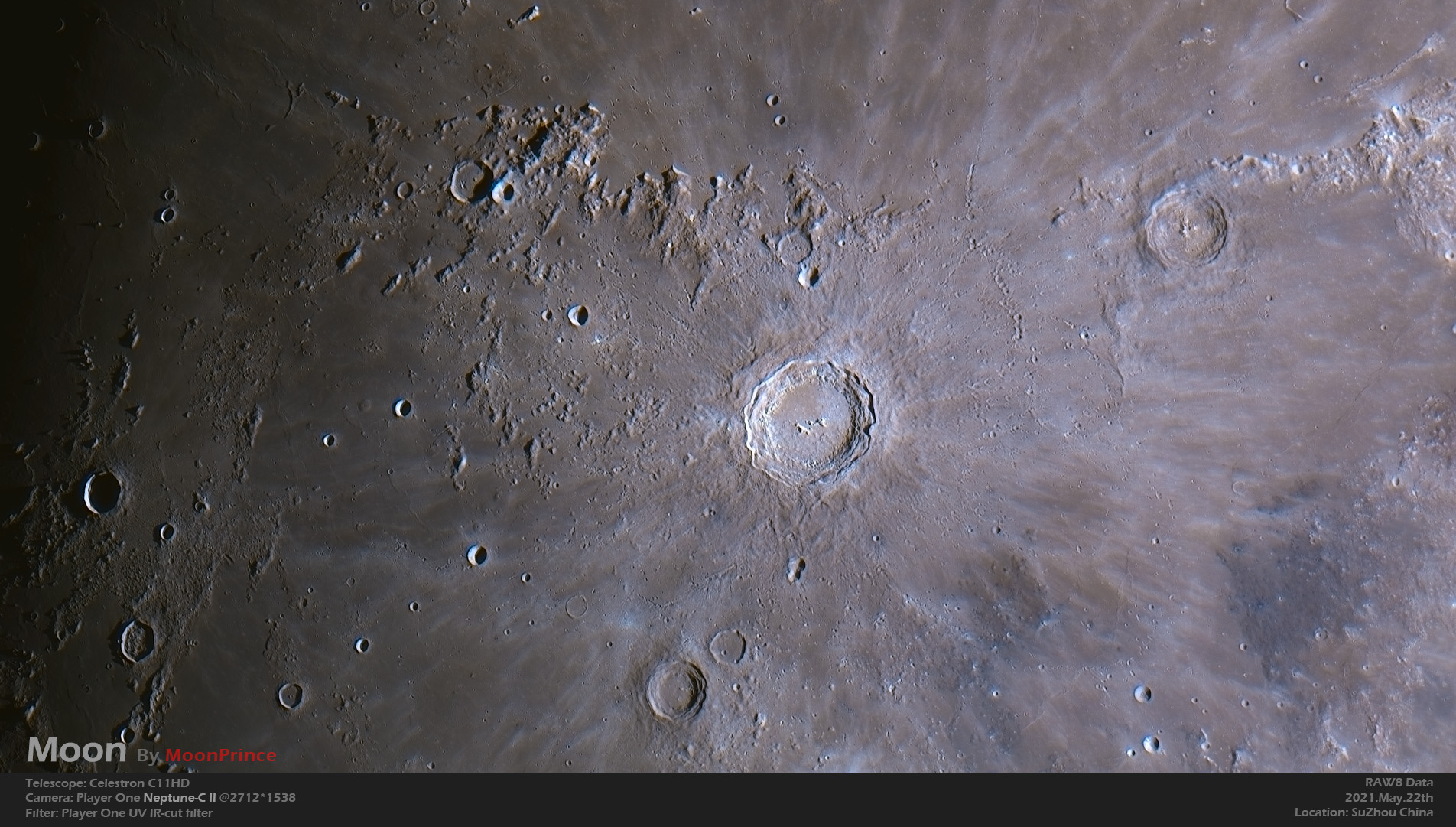

Connect the Neptune-C II camera to a telescope with a 1.25″ T-mount, or add a Barlow lens between the camera and a telescope to extend the focal length and obtain more details.
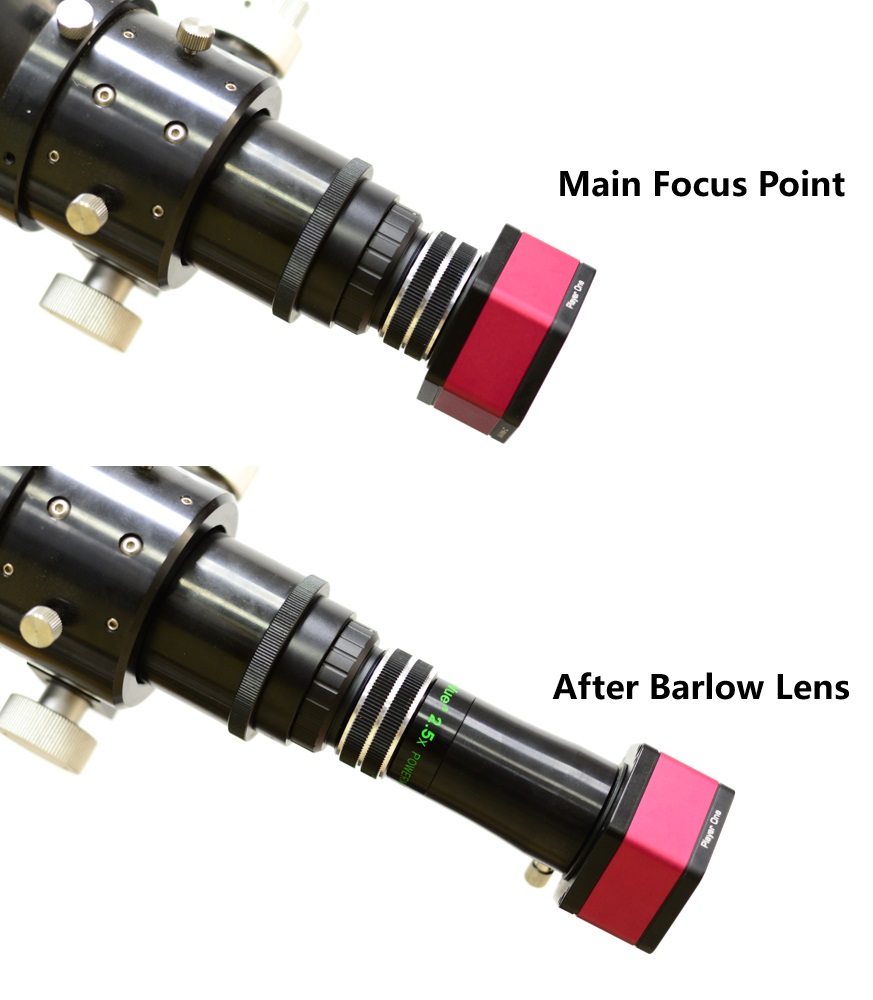
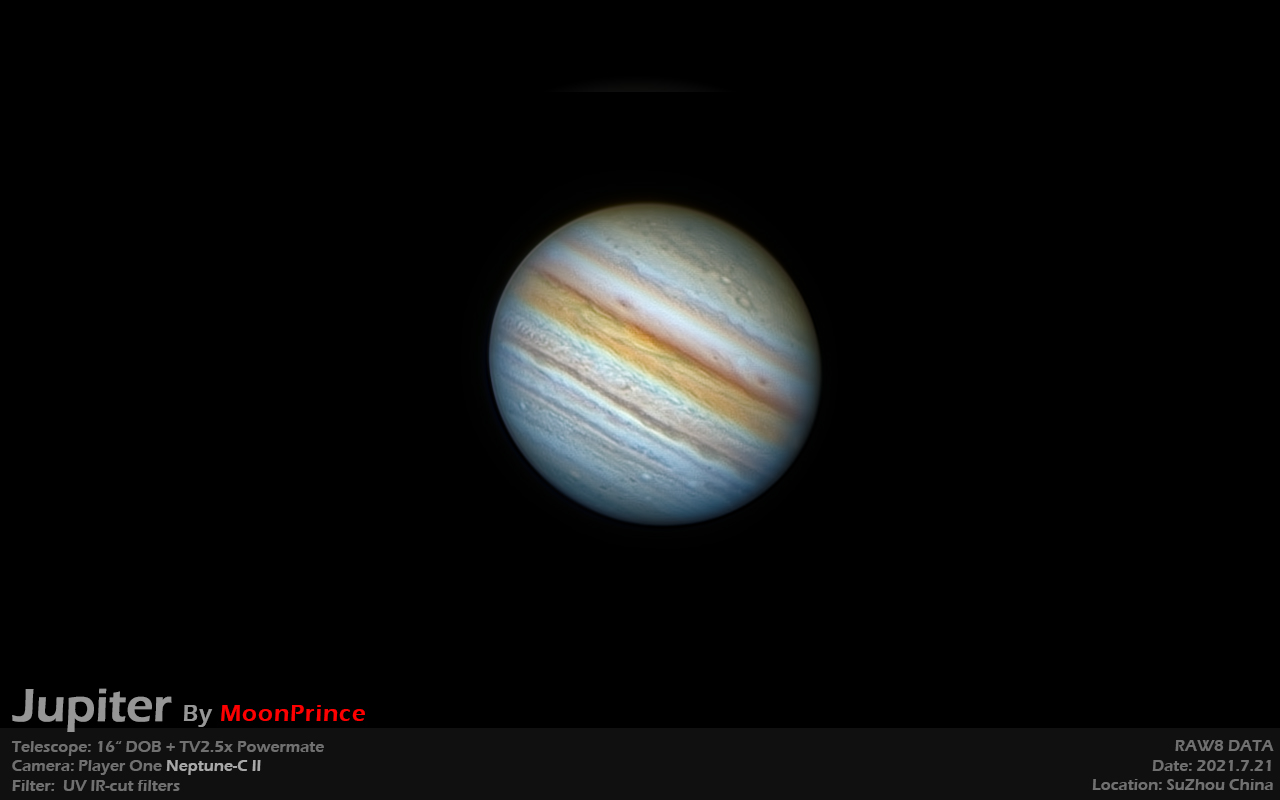
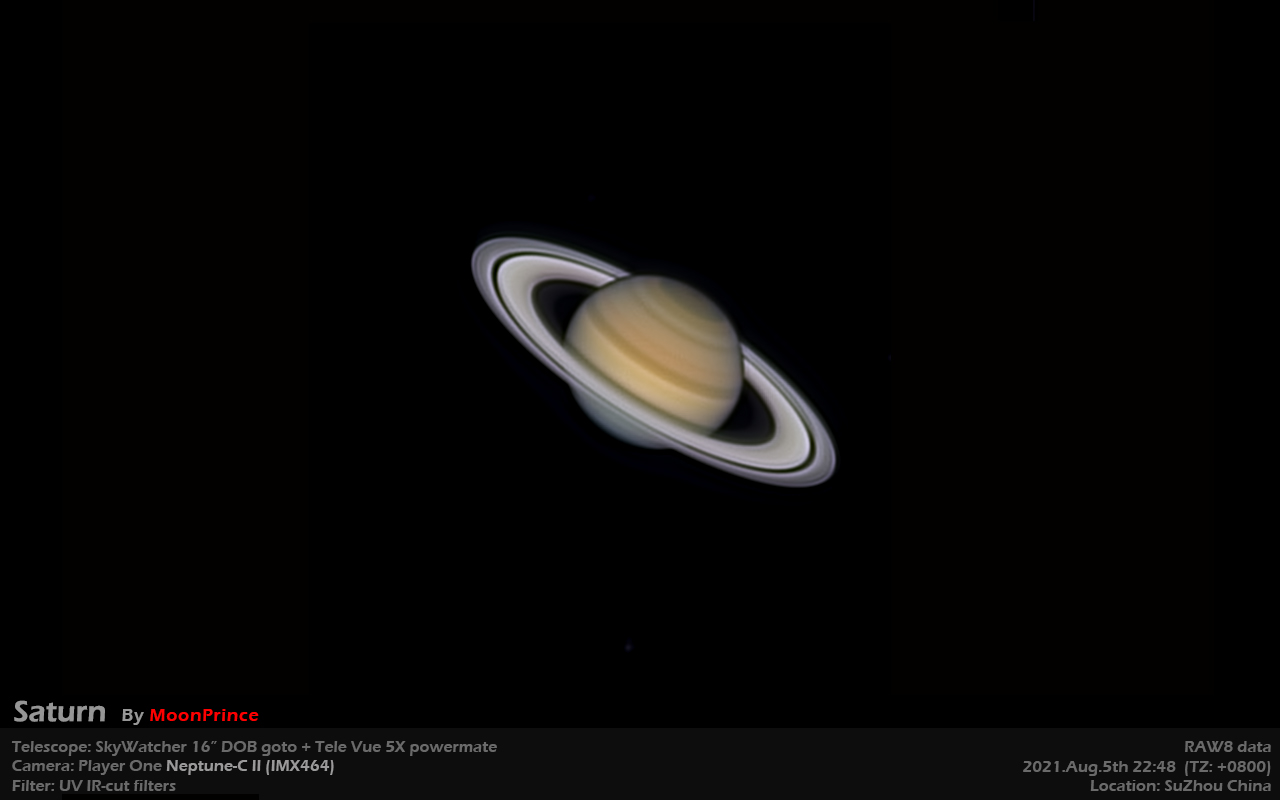
With a CS lens attached to the Neptune-C II camera, it can be used as an all-day camera or meteor tracking camera.

Features:
The nomenclature of the cameras Player One Astronomy is unique. For example, we call the planetary cameras as planets (Mercury, Venus, Mars, Jupiter, Saturn, Uranus and Neptune, Earth is not included). The size of each planet represents, to some extent, the size of the camera sensors. Saturn will be named with a 1-inch sensor camera, and Neptune with a 1/1.8-inch sensor camera. All names will be engraved on the camera housing.

Download drivers and software: https://player-one-astronomy.com/service/software/
Download manuals: https://player-one-astronomy.com/service/manuals/
State-of-the-art design
The planetary cameras developed by Player One Astronomy use a scientific and technological regular hexagon to construct the main body line, complemented by round chamfers for both rigidity and flexibility. The positive red, which is like a summer fire, is combined with the discreet and stable black, and the superfine glazing process on the entire surface makes the camera look luxurious and cool, highlighting the style of high-end players.
2nd Gen - Sensor tilt plate
Built-in high-density sponge shading pad can block the light from the side slits without any side leakage.
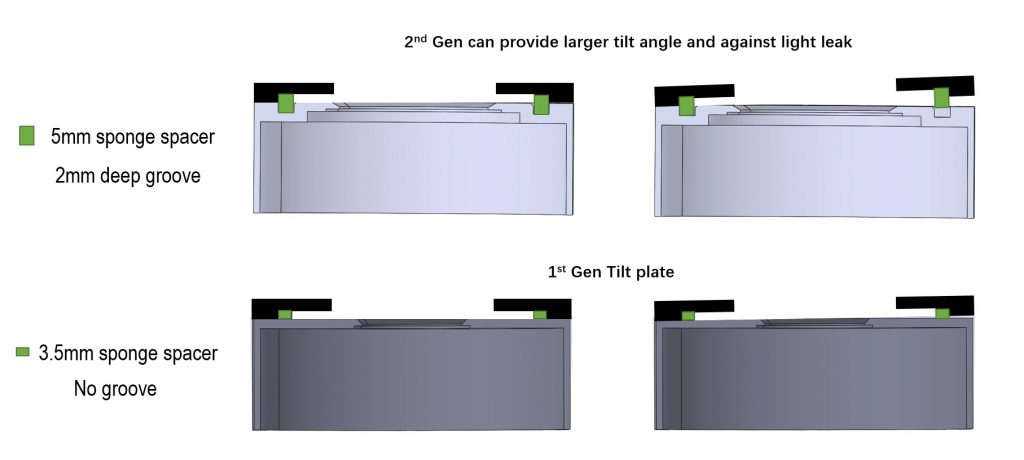
When taking solar photography with prominence telescope, the Newton ring is annoying. A smoother solar image can be taken without Newton ring by adjusting the focal plate. Achieve a much smaller telescope field curvature.
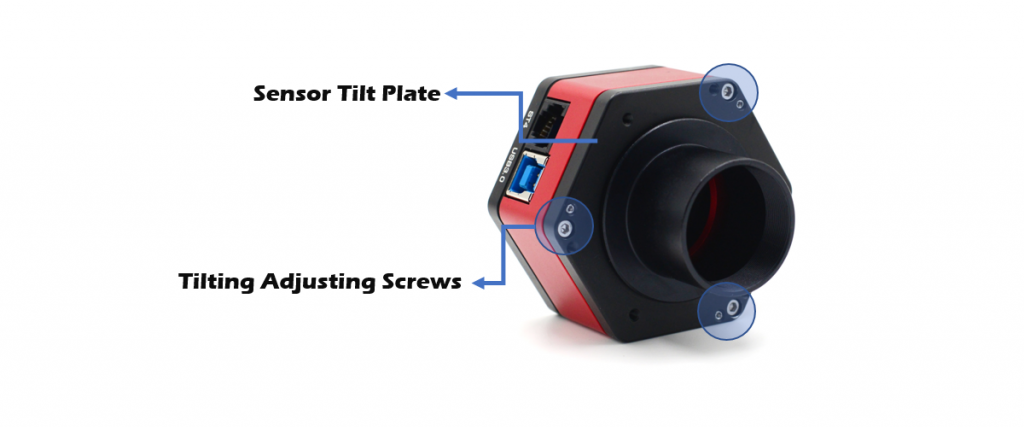
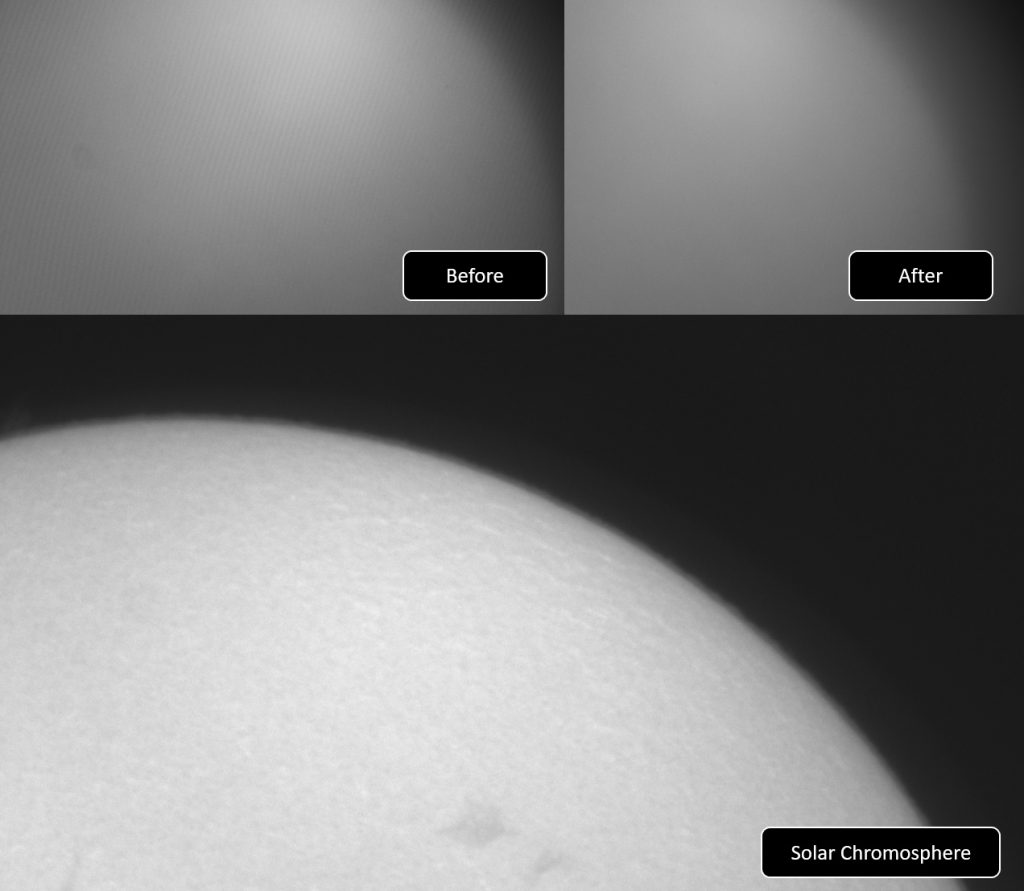
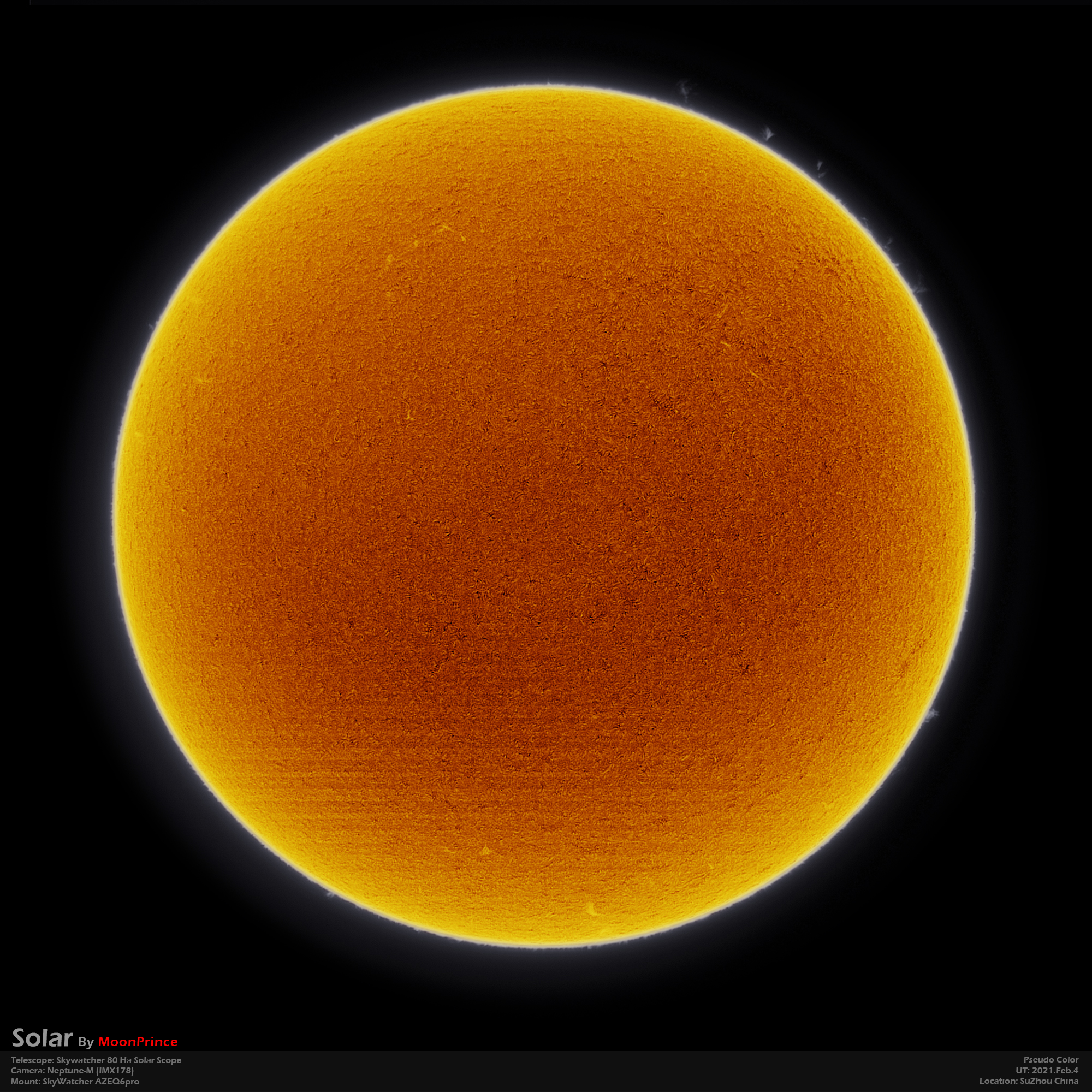
256M DDR3 Cache
The Player One Astronomy cameras are the first to incorporate DDR3 cache in all planetary cameras worldwide. It helps stabilize and secure data transmission, effectively prevents dropped frames and greatly reduces read noise.
With DDR3 cache, the Mars-C camera no longer has high demands on computing needs, it will still have excellent performance even when connected to a USB 2.0 port.
DPS technology
The planetary cameras at Player One Astronomy feature DPS (Dead Pixel Suppression) technology. DPS analyzes many dark frames to find the abnormal fixed pixels and record the map in the camera's memory. In the images, each exposure frame, the position of the dead pixels will receive an average value according to the active pixels around that abnormal pixel.
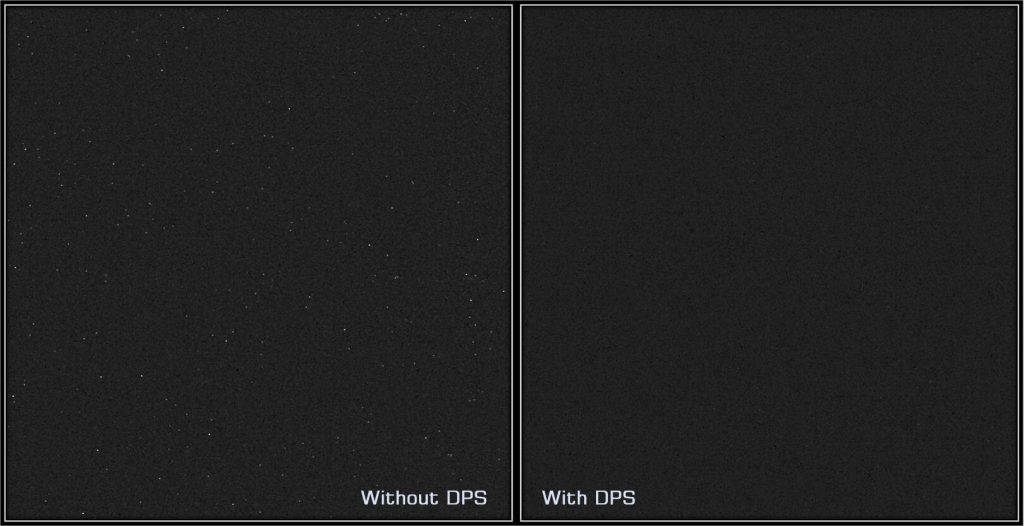
Over-voltage and over-current protection mechanism
Player One cameras produced by Number One ensure the safety of your camera and other equipment through over-voltage and over-current protection mechanisms.
Data port
When the camera is connected to the USB3.0 interface and full resolution preview is used, it can reach 93 FPS in RAW8 mode (10bit ADC). When recording images, since the actual writing speed will be affected by the writing speed of the hard disk itself, when the writing speed of the hard disk is slow, the recording may not reach the theoretical speed. It is recommended to use a high quality solid state drive to record data in order to take full advantage of the camera's performance.
Use the ST4 guide cable to connect the camera and the AUTO GUIDE port of the equatorial mount for guiding.

Read noise
As for the read noise, we solemnly promise that all values are obtained from real tests. And for users, they could use Sharpcap 4 for testing. SC4 has a feature called Sensor Analysis, which provides a very simple way to test read noise.
We have written a tutorial on our website: https://player-one-astronomy.com/service/manuals/
After many rigorous read noise tests, the Neptune-C II camera can achieve a low read noise of 0.75e with a gain of 350 and about 0.71e with a gain of 400.
If you are interested in performing read noise tests, you can try it yourself, which is very simple.
HCG mode
The Neptune-C II camera has a unique HCG mode, which will be automatically activated when the camera gain setting is >80. HCG mode can greatly reduce read noise and retain the same high dynamic range as low gain.
